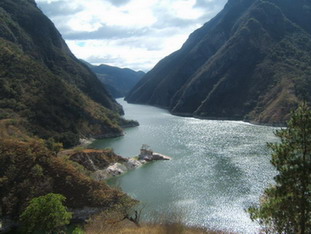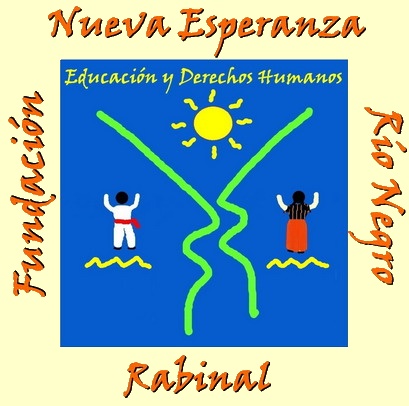 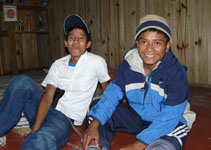 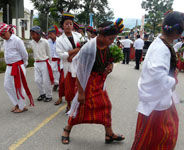 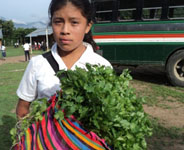 |
| |
|||||||
The Foundation Our vision A little history Homepage Checkout our blog Español English |
Historical Truth The unequal distribution of wealth in Guatemala has led to a profound division between the rich and the poor. This economic injustice means that the elites have long held power over the legislative, judicial, and executive powers of the Guatemalan state. This situation provoked a revolutionary movement of campesinos (small-scale land owners), workers, students, Indigenous people, and the urban middle class who began fundamentally changing the status quo between 1944-1954, a decade known here as the democratic spring. This era ended with a military coup d'etat, and by 1960 the military dictatorship and the crackdown on dissent led to the beginning of Guatemala's guerrilla movements. Peace accords were signed 36 years later in 1996. During the armed conflict, more than 200 000 civilians died, the vast majority of them Indigenous. The Commission for Historical Clarification (CEH) attributes 93% of the deaths to both the Guatemalan army and the local militias that they commissioned (the PACs), 3% to the guerrillas, and another 4% to unknown perpetrators. The CEH also points out that that the Guatemalan state committed genocide during this period because they ordered the army and militias to massacre exclusively Indigenous communities that had no connections with guerrillas.
Today the survivors keep up their struggle for justice by pressing the Guatemalan government to convict those responsible for the massacres and by demanding compensation for the violence done to them. They seek to honour the memory of those who were massacred through financial reparations, reconciliation, increasing access to the legal system and by continuing the ongoing struggle against inequality in order to build a true culture of peace. The Creation of the Foundation The greater municipality of Rabinal (population 40,000) was deeply affected by Guatemala's internal armed conflict. The majority of its villages were burned to the ground, killing in the act women, men, grandparents and children. All of them belonged to the Indigenous Maya Achi ethnicity. Throughout Guatemala, Indigenous communities like ours were accused of belonging to guerrilla movements, and even though it wasn't true, the Guatemalan state ordered the army to carry out the massacres. The village of Río Negro was the site of one of the worst massacres in the war and has become iconic of massacres in Guatemala from that period. It was also where Jesús Tecú Osorio lost his parents and siblings. Due to his courageous struggle in exposing clandestine mass graves and bringing charges against the murderers of his family and his community in Guatemalan courts, he received the Reebok Human Rights Award, valued at 25,000 USD. In January 1997, Jesús Tecú Osorio joined up with other survivors from Río Negro to form the board of directors of a new organization that was established to take advantage of the funds. They decided to call it the New Hope Foundation (FNE). The First Stage - 1997-2003 Conscious of our reality and of our hopes to transform Rabinal, we began distributing grants to students in Rabinal. We wanted to help the grant-recipients, who came from families deeply affected by the violence, to receive job-training, and other professional and social skills to help them and our community overcome the causes and effects of the violence in our recent past. The Next Step In 2003, the Foundation opened a school called the New Hope Community Bilingual Institute (ICB-Nueva Esperanza) in order to continue our struggle. In the near future, we hope to expand our educational services to the secondary and post-secondary levels as well. |
|||||
